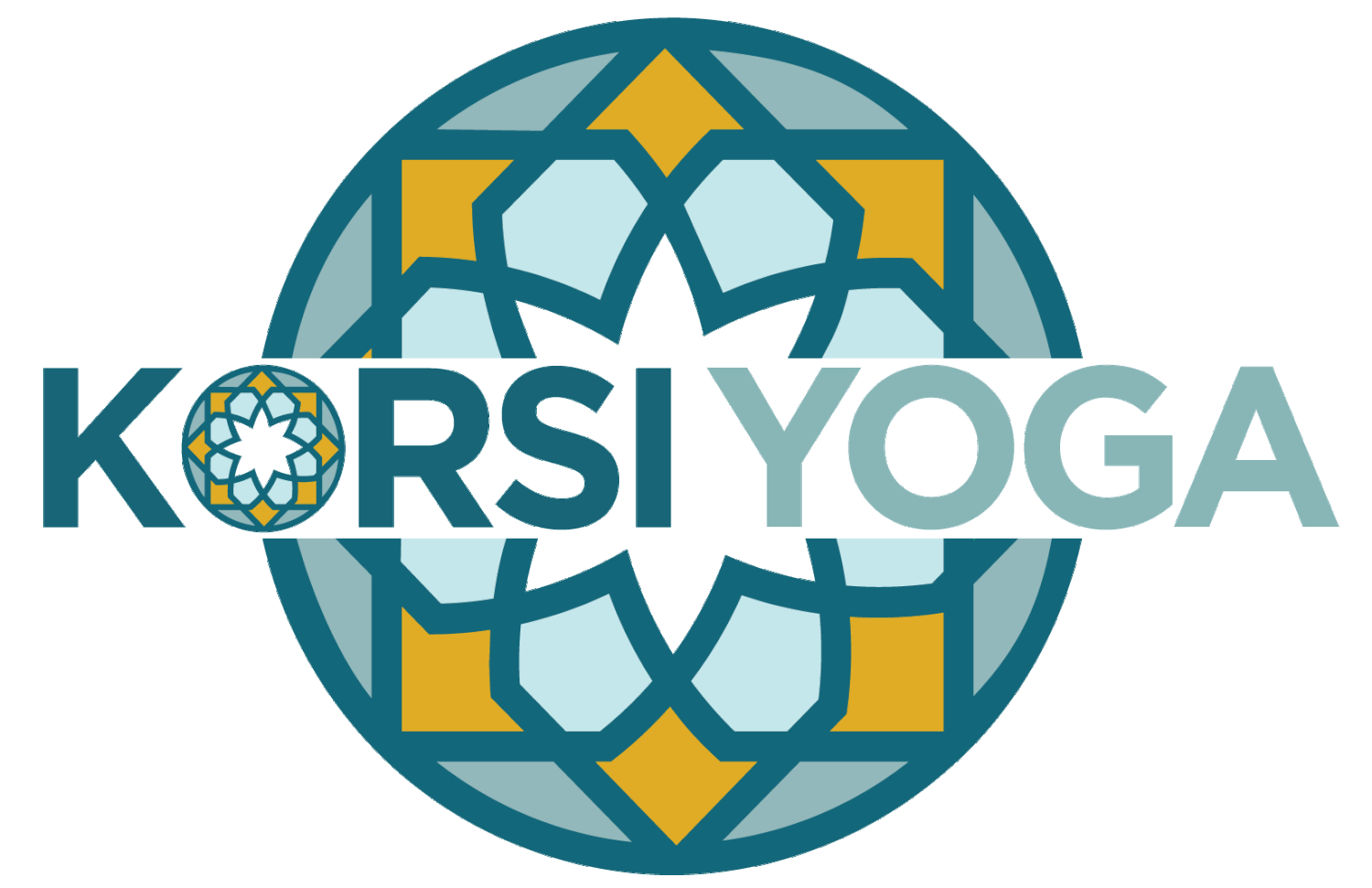What exactly are Mudras and why use them in yoga practice?
A mudrā (muːˈdra; "seal", "mark", or "gesture”) is a symbolic or ritual gesture performed by the hands, often used in practicing Hinduism and Buddhism; it is a spiritual gesture that acts as an “energetic seal of authenticity”. Most mudras are performed with the hands and fingers often in combination with movements of the wrists, elbows, and shoulders; some involve the entire body. Hundreds of mudras are used in the ceremonies, dance, sculpture and painting iconography (i.e. representations of Buddha). In the yoga and spiritual practices, of Indian religions and traditions such as Dharma and Taoism, mudras have been used for thousands of years to assist in meditation and/or healing.
In yoga, mudrās are hand gestures used in conjunction with pranayama (yogic breathing exercises), and are generally done while seated in Padmasana, Sukhasana or Vajrasana pose. Mudras act to stimulate different parts of the body involved with breathing and to affect the flow of energy in the body and even one’s mood. The specific hand gestures and positions act as “locks” to guide energy flows and reflexes to the brain. By curling, crossing, stretching and touching the fingers and hands, we can manipulate the mind body connection as each area of the hand corresponds to a certain part of the mind or body.
On a more spiritual level, practicing specific mudras is an outward representation of one’s inward intentions. There are many different mudras and it is said that meditating on a specific mudra will help manifest certain hopes, energies, or devotions into your life. Mudras are a way to concretely see what we want to be, what we need most. When your hands come into a mudra, it allows a physical connection with an intangible wish.
How to do a Mudra
The most well-known mudras are simple to do and are those performed while meditating in lotus position or seated in a straight backed chair. Start each Mudra session by "washing" your hands (rub your hands against each other about 10 times, hold hands before your Navel Chakra) this will help energy to flow in your hands.
To perform Dhyani Mudra, place both hands like bowls in your lap, with the left hand on top and two thumb-tips touching (see photo).
Placing the palms together in the "Namaste" greeting gesture where the hands are held in front of the chest, the palms touching, is the Atmanjali Mudra.
In each Mudra, exert enough pressure to feel the flow of energy but not enough to whiten fingertips. To use a mudra effectively, keep it for at least a couple of minutes, however it is more effective to do them 15 minutes or so. You might spread that time over the day, but you could also make it part of meditation. Some mudras are simple enough so that you can even do them with your hands in your pockets, without attracting attention.
To learn more and to find 5 cooling mudras to do during the summer, CLICK HERE

